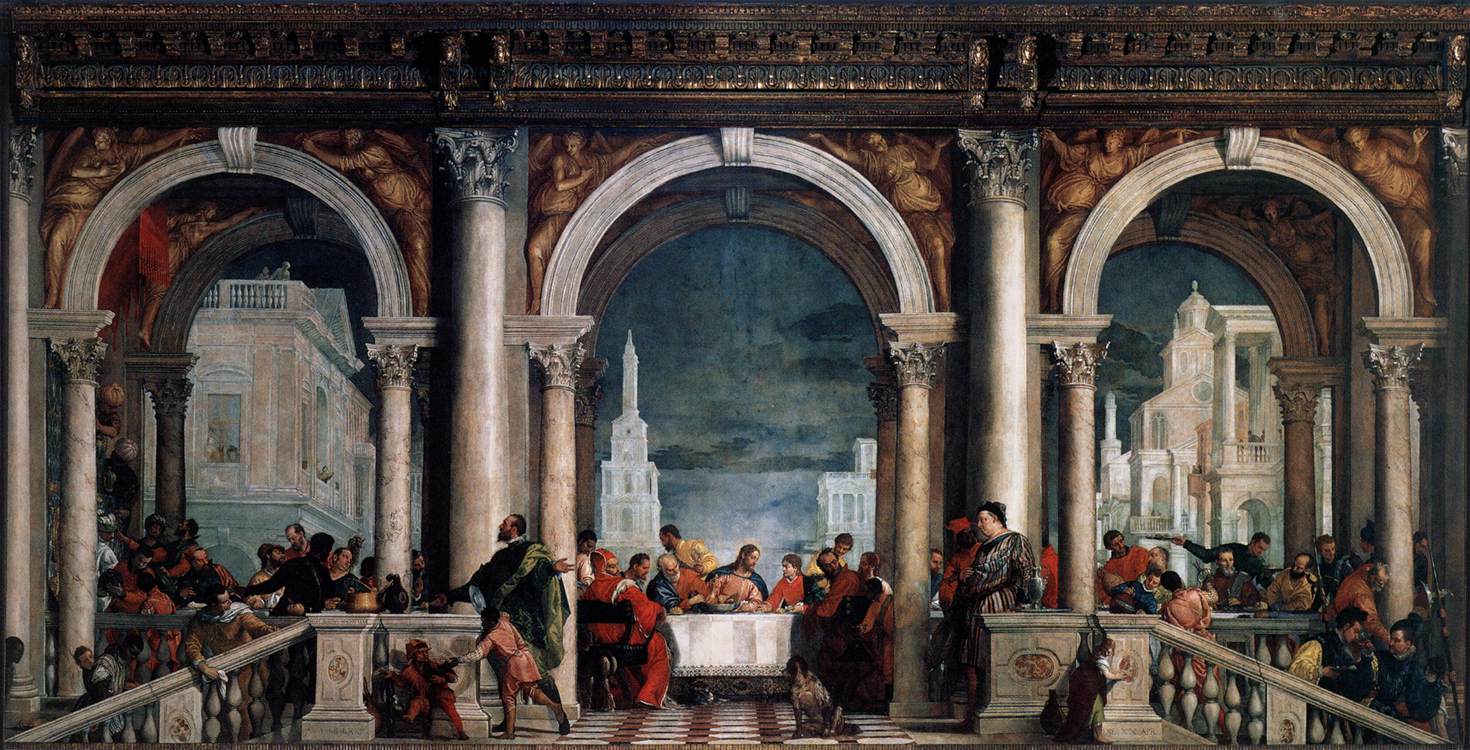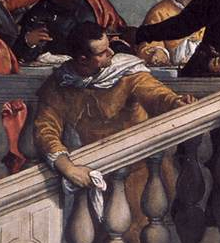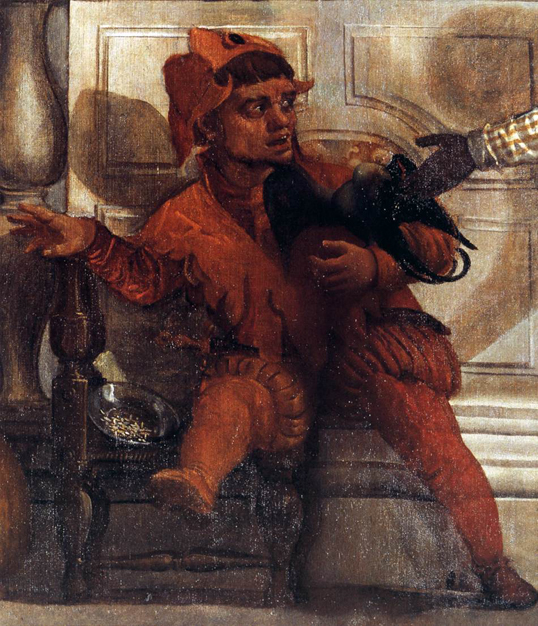| About | Issues | Poetry | Essays | Submit | Order |

The Feast in the House of Levi
|
|||
Later, during the Early Renaissance, those same stories would still be embodied in visual images, but a new element appears, and particularly in Giotto: the viewer is invited to identify with figures and events as on a stage, in other words to engage sympathetically. Sympathy implies interpretation. When Vasari praises Giotto's gift of rendering presence in terms of the illusion of life, he is doing so from a position in Giotto's future, when the whole of the past seems to be mounting towards a form of interpretation for which that illusion of presence is vital. He understands full well that his greatest hero, Michelangelo, is not a re-creator of actual physical presence but of presences in the imagination, for which, however, a perfect understanding of the body is necessary. Michelangelo himself still uses text: his God, his Adam and his Eve would not be there without the Bible. It is just that the text is understood to be flexible, not purely doctrinal. The limit of the freedom from text as doctrine is demonstrated in the Counter-Reformation by the trial of the painter Paolo Veronese, brought before the Inquisition for his rendering of the Feast in the House of Levi. This is how it worked: From the Report of the sitting of the Tribunal of the Inquisition on Saturday July eighteenth, 1573 (per Charles Yriarte's translation from Italian in Francis Marion Crawford's Salve Venetia, New York, 1905. Vol. II: 29-34):
When the inquisitors pointed out that in Michelangelo's Last Judgment there were no such 'drunkards nor dogs nor similar buffooneries' as Veronese had painted, he answered: 'Mine is no art of thought; my art is joyous and praises God in light and colour.' It may well be one should note in passing, that the inquisitors were looking at Veronese's painting in much the same way as Professor Mitchell looks at ekphrastic poems. Veronese is committing a rape of the virgin text. Mitchell's Inquisition find Keats guilty of both rape and banality, but Keats is beyond punishing. The actual Inquisition finds Veronese guilty of blasphemy but, thanks to powerful protectors, the painter is merely instructed to correct the offending figures. |
|||
from Number 1, June 2012 >> Table of Contents |
|||




